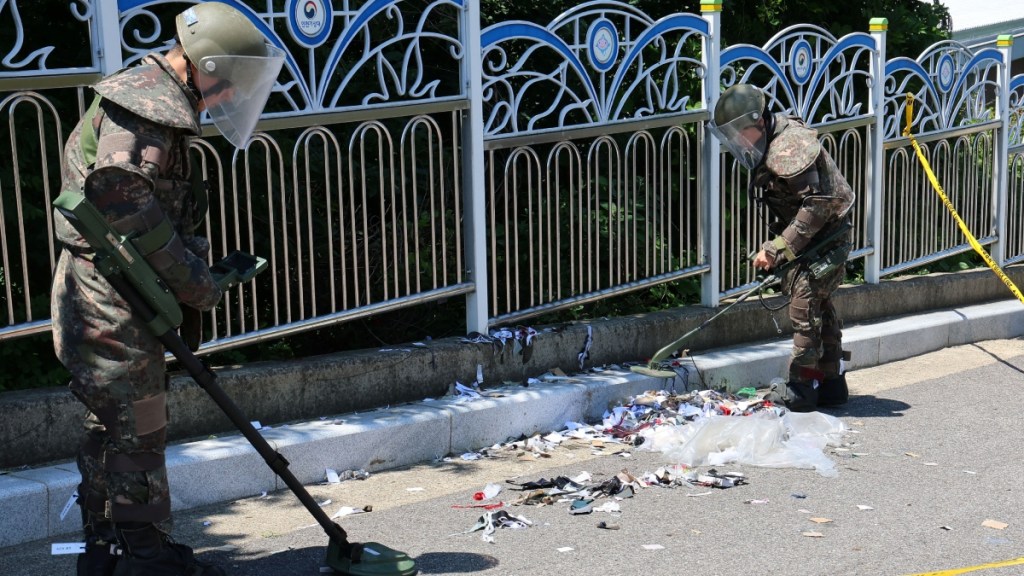South Korea’s Incheon international airport saw its operations being disrupted on June 26 for about three hours before dawn because of refuse-filled balloons launched by North Korea, an airport spokesperson said.
One of the balloons launched by North Korea ended up on the tarmac near passenger Terminal 2 and three runways at the airport had to be temporarily shut. Since late May, North Korea has been sending balloons carrying trash into South Korea, resulting in hundreds of them landing across the border.
How did the balloons disrupt operations?
The airport spokesperson said that several balloons were seen in and around the airport’s boundaries. This is not the first time that the airport operations have been affected by nearby balloons. The airport is situated about 40 kilometres from the North Korean border.
According to the Incheon International Airport Corporation, domestic and international flights were disrupted between 1:46 am and 4:44 am, but the runways have since reopened.
As per FlightRadar24, eight arriving cargo and passenger flights were seen being diverted to South Korea’s Cheongju or Jeju airports during the period of disruption. Another China Cargo freighter from Shanghai was diverted to Yantai, China. Several more landings were delayed, and departures were postponed by several hours.
Why did North Korea send balloons to South Korea?
North Korea stated that the balloons are in retaliation for a propaganda campaign by defectors and activists in South Korea who regularly send balloons carrying food, medicine, money, and leaflets criticising North Korea’s leaders.
According to South Korea, the items carried by the North Korean balloons included articles printed with Hello Kitty characters, badly worn clothing, and soil containing traces of human feces and parasites. South Korea’s military on June 26 reported that about 100 balloons had fallen between Tuesday and Wednesday, mostly in the capital Seoul and the surrounding Gyeonggi province, with most carrying only scraps of paper.
(With Reuters inputs)

